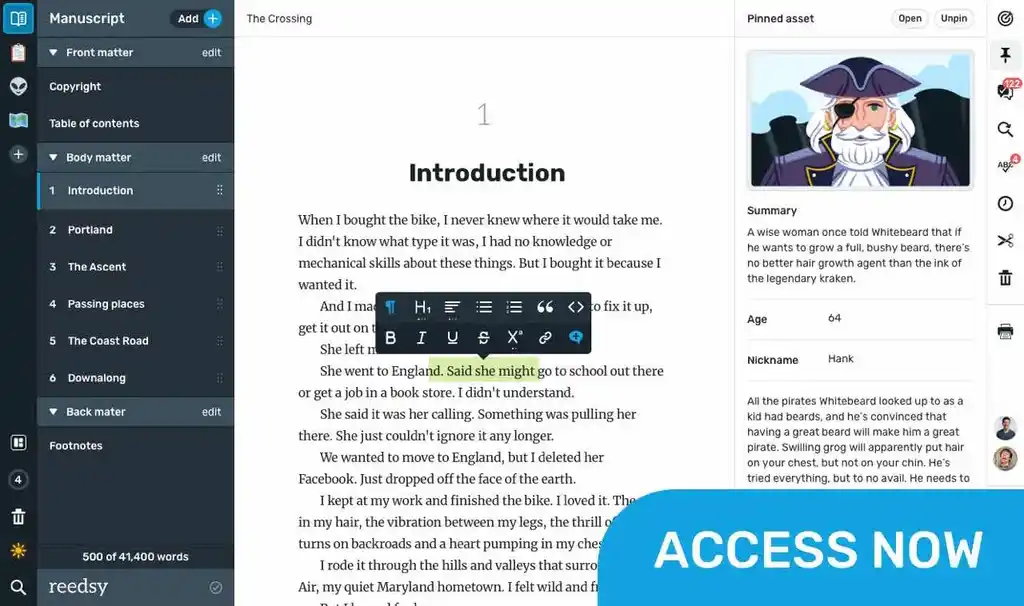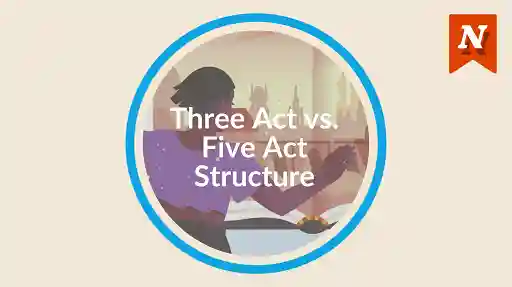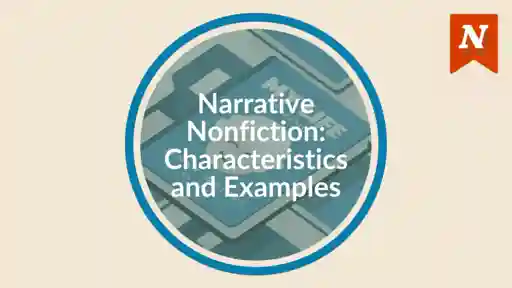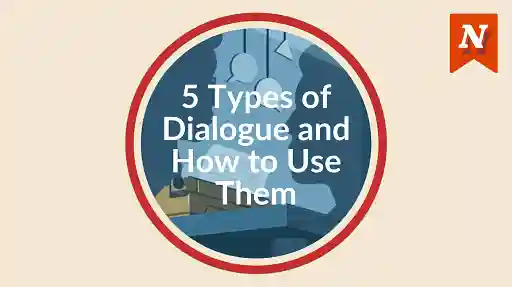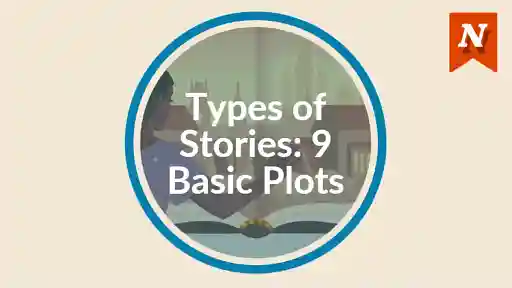If you want to start an argument in a room full of writers, you should ask whether it’s better to be a plotter or a pantser.
Plotters meticulously outline their narrative before they start writing, while pantsers write “by the seat of their pants,” letting the story unfold naturally as they go.
Some people are vehement plotters. R.L. Stein once said, “If you do enough planning before you start to write, there’s no way you can have writer’s block.” Others, like Stephen King, are pantsers through and through. King believes that “outlines are the last resource of bad fiction writers who wish to God they were writing masters’ theses.”
Ultimately, there is no single answer as to which technique is more effective, since it varies from person to person. Some studies suggest that introverts are more likely to be plotters and extroverts tend to be pantsers. However, a lot of people — known as “plantsers” — fall somewhere in between the two extremes, while others will choose one technique for one book and another for the next.
In this article, I’ll outline the advantages and disadvantages of plotting and pantsing to help you decide what’s best for you.
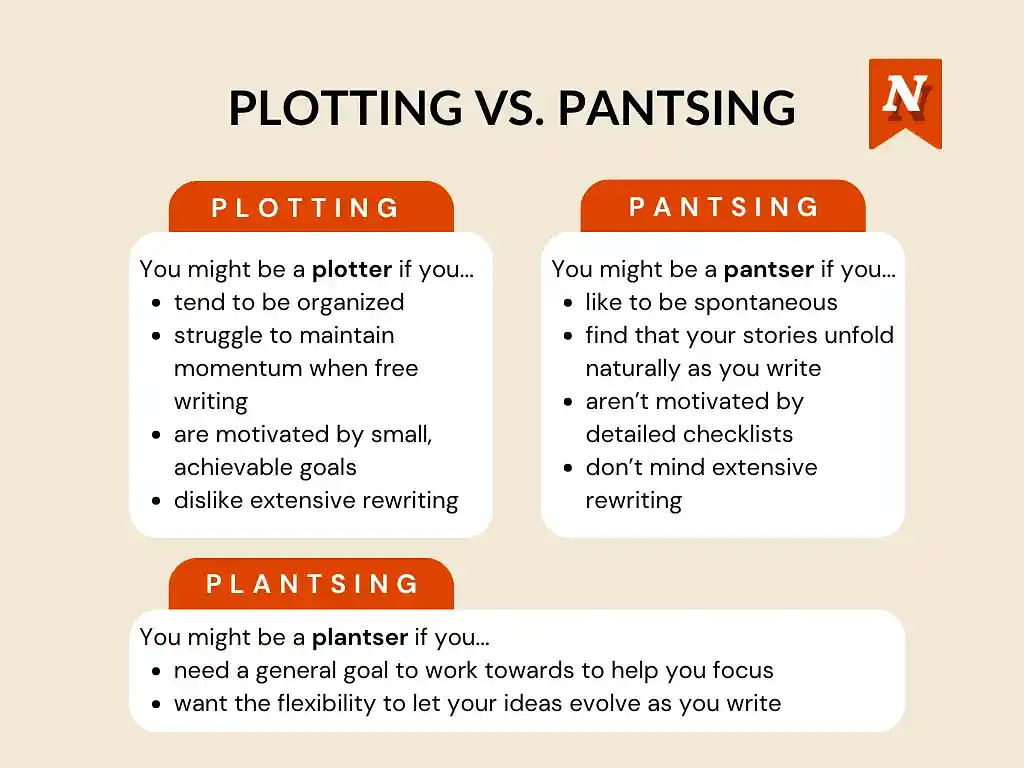
Plotting helps combat writer’s block
If you regularly struggle with writer’s block, plotting might be the solution for you. You’re less likely to get stuck for ideas if you already have a plan of where your story is going, and it feels more manageable if you break it down into smaller goals. Pantsers who find themselves at a seemingly insurmountable hurdle are more likely to abandon a project halfway through, whereas plotters can maintain momentum throughout their first draft by focusing on the next step of their plan instead of the distant finish line.
As a result, plotters typically write faster and more efficiently than pantsers. But of course, they also spend a significant amount of time planning — and may still face writer’s block during this initial stage.
Overcoming writer’s block
Whether you’re a plotter having difficulty with your outline or a pantser who has no idea where to take your story next, here are some tips to overcome writer’s block:
- Take a break. Go for a walk, meditate, or engage in a different hobby to clear your head. Research shows that even rote tasks like doing the dishes can help.
- Move location. Go and write in a local coffee shop, park, or library for a refreshing change of scenery.
- Write something else. Either skip ahead to a part of your story you already know, or use a writing prompt to write something completely different. Removing the pressure by working on a project that doesn’t really matter may unlock your creativity.
Pantsing keeps the excitement alive
While some authors are reassured by the presence of a detailed plan, others find a checklist of “manageable chunks” as (un)motivating as a list of chores. For pantsers, not knowing where their story might end up can keep the writing process exciting and prevent tedium.
Telling a pantser to plan out each step of their novel and stick to it is like telling Jackson Pollock to color between the lines: stifling and joyless. It can even cause writer’s block, as you might find yourself trying to force your story to fit into a round hole when it has clearly morphed into a square peg during your writing process.
Are you a natural planner?
To predict whether you might find plotting or pantsing more motivating, consider your attitude to planning in other aspects of your life. Do you build an itinerary for a city break to make sure you see as much as possible in the time available? Or do you deliberately not research the city so that you can see it for the first time in person and stumble across hidden gems? If you fall into the latter camp, you may enjoy the thrill of pantsing.
Plotting prevents major plot holes and structural issues
On the other hand, pantsing can quickly become tedious in the rewriting phase. Without careful outlining, it can be all too easy to introduce plot holes, as well as structural and pacing issues. So, if you’re someone who doesn’t enjoy the editing phase or feels overwhelmed at the prospect of extensive rewrites, plotting might be more your thing.
Plotting saves you the time and effort of having to rethink your plot or restructure your narrative. Plotters are also far more likely to stick to the target word count, whereas pantsers may write too many words and have to agonize over which darlings to kill. New York Times bestselling author Caroline Leavitt admits:
I used to be one of those people who follows their pen. I’d end up with novels that were 800 pages long and I’d have to spend another year just plowing through and figuring out what the story actually was.
If you’re in a hurry to get your book published, you might benefit from some degree of plotting. There are lots of dedicated tools to help you if you’re not a born plotter. However, if you’re a natural pantser who finds it much easier to hammer out a rough draft and make edits than to formulate a plan, pantsing may actually be more efficient for you.
Genre matters
The danger of introducing plot holes applies more to some genres than to others. It’s much riskier to pants a high fantasy novel with complex worldbuilding than it is to pants a memoir where you already know the basic facts or a near-plotless literary fiction piece. When deciding whether to plot or pants, consider both how likely and how disastrous any plot holes might be.
Pantsing allows for spontaneous creativity
But of course, writing isn’t just about efficiency. It’s also about creativity, and this is where pantsing shines. In his book Writing into the Dark: How to Write a Novel without an Outline, Dean Wesley Smith argues that pantsing boosts your creative voice: unlike plotting, it leaves room for spontaneous flashes of inspiration and fosters iterative creativity — letting the story evolve and improve naturally over time.
Extreme plotters may be so focused on following their outline that they don’t allow themselves to explore new ideas once they start writing, even when those ideas would enhance the narrative. Such rigidity can lead plotters to fall short of their true creative potential — which is why I would recommend finding a middle ground between plotting and pantsing.
Plantsing offers the best of both worlds
Whether you’re naturally more of a plotter or a pantser, there’s a lot to be gained from blending the two approaches. My advice is to combine elements of both plotting and pantsing in a ratio that feels comfortable to you. That way, your story will have some direction, but you’ll also have the flexibility to change and improve the plot as you go.
At a minimum, I recommend you come up with the central conflict, three to four things that happen as a result, and the final resolution before you start writing. More than that is optional — and remember, you can always experiment with different levels of planning until you find what works for you.
